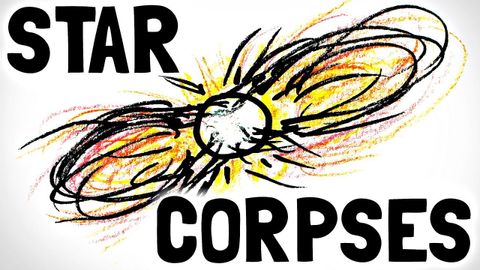ブラックホール、中性子星、白色矮星 (Collabor. w/minuteEarth) (Black Holes, Neutron Stars, and White Dwarfs (Collab. w/ MinuteEarth))
Summer が 2021 年 03 月 02 日 に投稿  この条件に一致する単語はありません
この条件に一致する単語はありませんUS /ɪˈsenʃəli/
・
UK /ɪˈsenʃəli/
US /ɪˈvɛntʃuəli/
・
UK /ɪˈventʃuəli/
エネルギーを使用
すべての単語を解除
発音・解説・フィルター機能を解除
